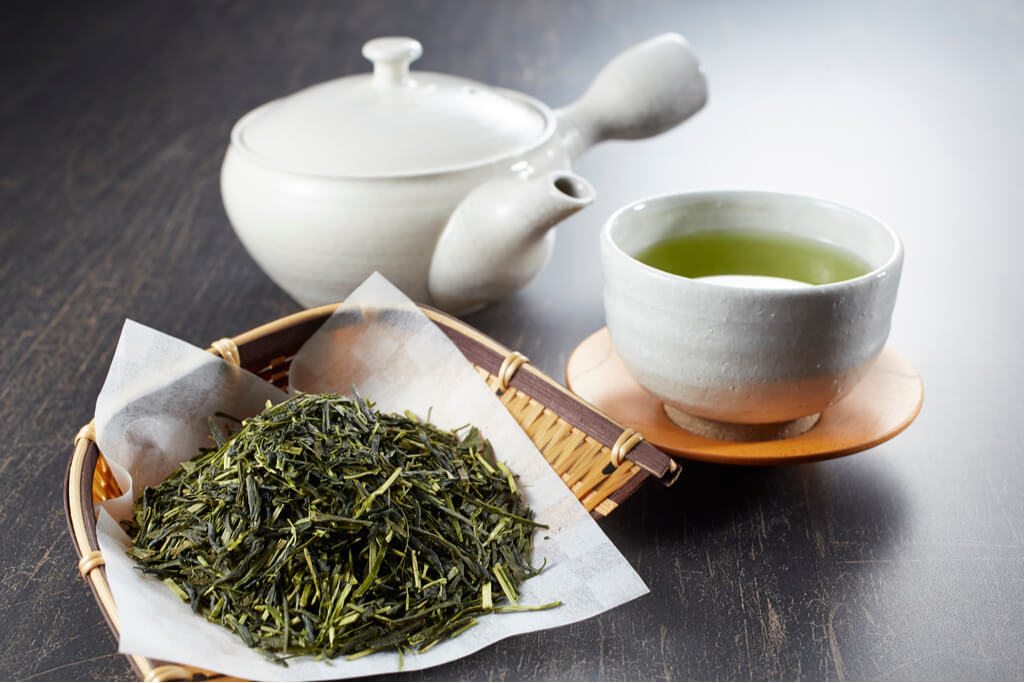
Sencha is the most widely consumed type of Japanese green tea, and when people think of “Japanese tea,” they are usually referring to sencha. It is made from freshly picked tea leaves—often the young shoots—which are immediately steamed to stop oxidation. The leaves are then carefully rolled and dried, a unique process that creates sencha’s vibrant green color, refreshing aroma, and clean taste.
The flavor profile of sencha is characterized by a delicate balance of umami, astringency, and mild bitterness. Depending on the region, cultivar, and harvest season, the taste can vary greatly—from sweet and mellow to rich and savory, or even light and crisp with a refreshing finish.
While sencha is the everyday tea enjoyed in homes and restaurants across Japan, higher-grade sencha is also appreciated as a gift or served on special occasions. When brewed slowly in a teapot, sencha reveals its subtle aroma and refined character, making it an essential part of Japanese daily life and hospitality.
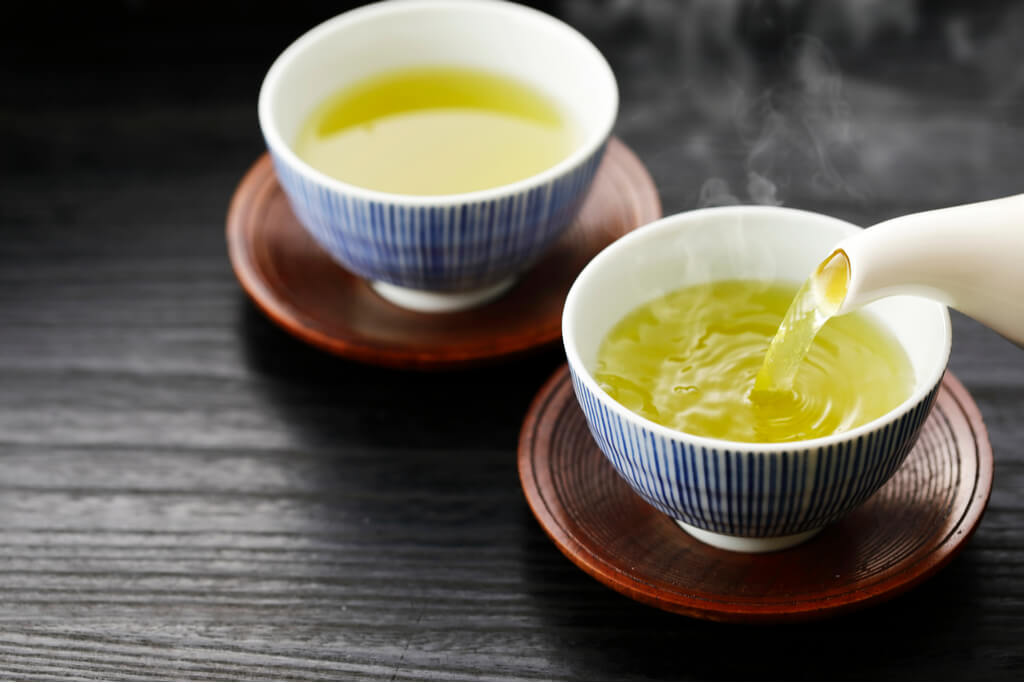
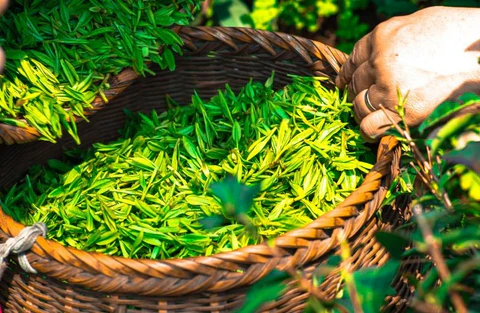
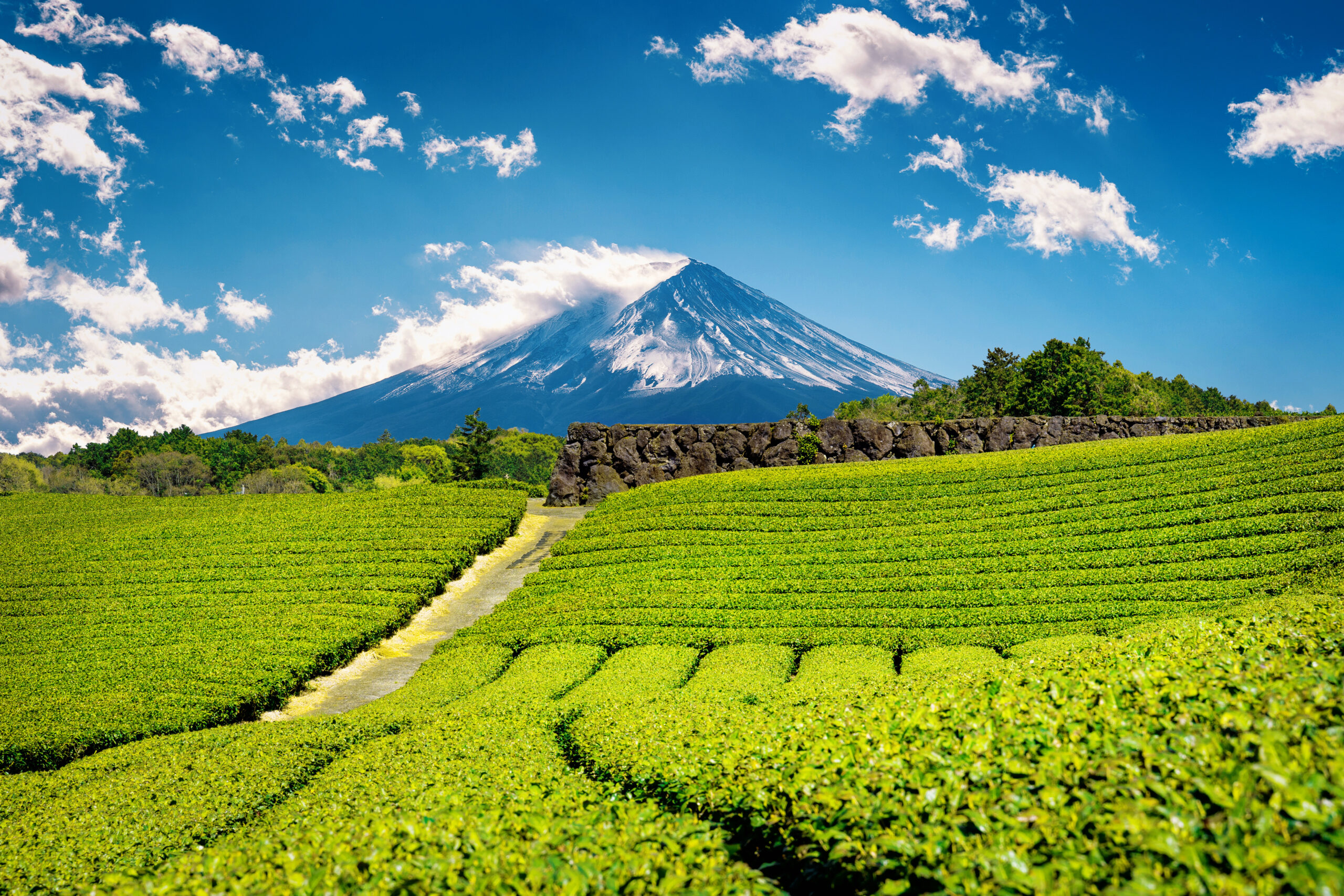
Sencha is produced throughout Japan, but several regions are especially famous for their high-quality teas:
Shizuoka: The largest tea-producing area in Japan, accounting for about one-third of the nation’s output. Sencha from Shizuoka is known for its clean taste and refreshing aroma.
Kyoto (Uji): One of the oldest and most prestigious tea regions. Uji sencha is valued for its rich umami and elegant fragrance, often considered among the finest teas.
Kagoshima: Located in southern Japan, Kagoshima produces sencha with a bright green color and mellow flavor, benefiting from the warm climate and early harvest season.
Mie (Ise tea): Grown in a rich natural environment, Ise sencha has a well-balanced taste with depth and aroma, widely enjoyed in the Kansai region.
Each region’s climate and soil give its sencha a unique character, making it enjoyable to compare flavors across different production areas.
Use the Right Water Temperature
Sencha should not be brewed with boiling water. The ideal temperature is around 70–80°C (158–176°F).
Lower temperatures bring out sweetness and umami, while hotter water emphasizes bitterness and astringency.
Proper Ratio of Tea to Water
Use about 2–3 grams of tea leaves (one heaping teaspoon) for every 100 ml (3–4 oz) of water.
Steeping Time
Steep for about 1 minute. Brewing too long can result in excessive bitterness.
Pour to the Last Drop
The last drop from the teapot, often called the “golden drop,” contains the richest flavor. Make sure to pour it all out.
Enjoy Multiple Infusions
For the second brew, use slightly hotter water (80–90°C / 176–194°F) and a shorter steeping time (about 30 seconds) to experience a different flavor profile.
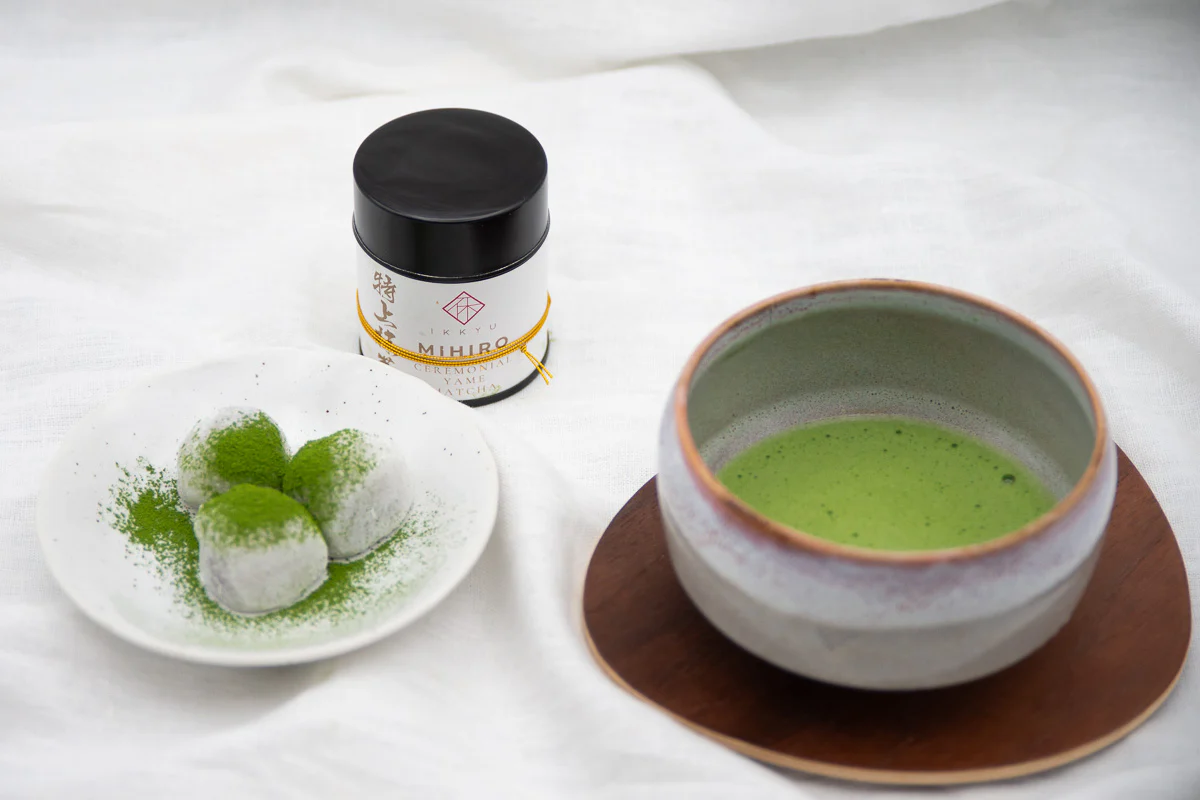

No account yet?
Create an Account